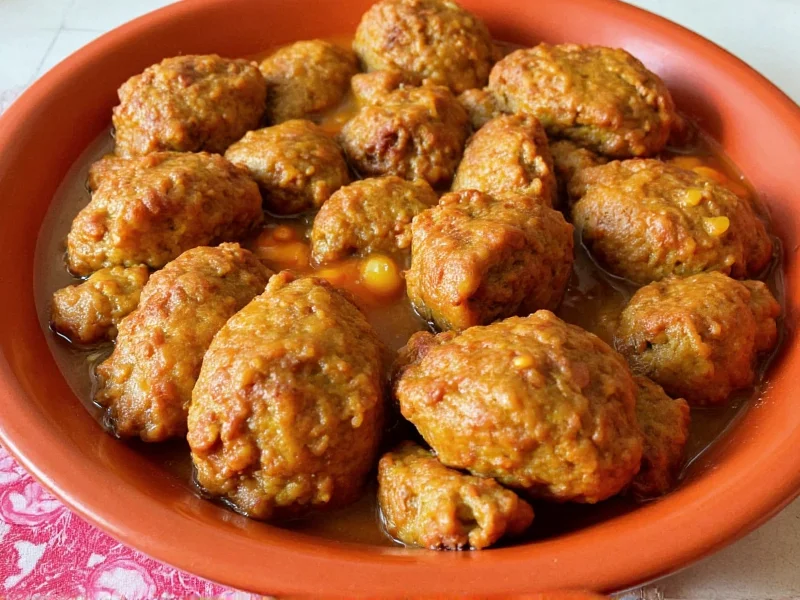Understanding the difference between Creole and Cajun cuisine is essential for appreciating Louisiana's rich cultural tapestry. Many people mistakenly use these terms interchangeably, but they represent separate traditions with unique histories that shaped their distinctive flavors and cooking methods. This confusion often stems from both cuisines sharing French linguistic roots and overlapping ingredients, yet their development paths diverged significantly.
Historical Origins: Two Distinct Cultural Paths
The term Creole originally referred to people of European (primarily French and Spanish) descent born in colonial Louisiana, particularly in New Orleans. Over time, it expanded to include those of African and Caribbean heritage in the region. Creole culture developed in the 18th and early 19th centuries as a sophisticated urban tradition influenced by the diverse populations trading through New Orleans' port.
Cajun culture traces back to the Acadian exiles—French colonists expelled from Canada's Maritime provinces by the British in the mid-1700s. These displaced families eventually settled in rural Southwest Louisiana, where they adapted their French cooking techniques to available local ingredients, creating a more rustic culinary tradition. The word "Cajun" is actually an anglicized version of "Acadian."
Culinary Distinctions: Ingredients and Techniques
When exploring what distinguishes Creole from Cajun cooking, ingredients provide the clearest differentiation. Creole cuisine, sometimes called "city cooking," typically features:
- Tomato-based sauces (common in dishes like Creole sauce or étouffée)
- More refined techniques influenced by French and Spanish culinary traditions
- Seafood prominently featured due to New Orleans' port access
- Use of cream and butter in some preparations
- Sophisticated spice blends with a focus on balanced flavors
Cajun cuisine, often described as "country cooking," generally includes:
- Rustic one-pot dishes cooked over open fires
- No tomatoes in traditional preparations (a key differentiator)
- Heavy use of the "holy trinity" (onions, celery, bell peppers)
- Game meats and locally available ingredients
- Bolder, spicier flavor profiles with cayenne pepper
| Characteristic | Creole | Cajun |
|---|---|---|
| Origin | New Orleans urban setting | Rural Southwest Louisiana |
| Historical Roots | Colonial era (French/Spanish) | Acadian exiles (1755) |
| Cultural Influences | French, Spanish, African, Caribbean | French Canadian |
| Signature Dish | Gumbo with tomatoes, shrimp | Gumbo without tomatoes, chicken/sausage |
| Key Ingredients | Tomatoes, butter, cream, Worcestershire | No tomatoes, roux-based, cayenne pepper |
| Cooking Style | Sophisticated, multi-step | Rustic, one-pot meals |
Common Misconceptions About Creole vs Cajun
One major reason for confusion between Creole and Cajun traditions is how restaurants and food marketers have blended the terms for commercial appeal. Many establishments outside Louisiana use "Cajun" as a shorthand for "spicy" regardless of authenticity, while others use "Creole" to suggest a more refined version of the same dish.
Another factor is regional variation within Louisiana itself. In some areas, particularly where Creole and Cajun communities interacted, culinary traditions blended. For example, in New Orleans, you might find Creole dishes with Cajun influences and vice versa. However, understanding the historical distinctions helps clarify authentic preparations.
How to Identify Authentic Creole vs Cajun Dishes
When determining whether a dish is truly Creole or Cajun, consider these practical indicators:
For Creole dishes: Look for tomato-based sauces, especially in gumbos and étouffées. Creole cooking often features more complex spice blends and may include ingredients like Worcestershire sauce. Seafood plays a prominent role, reflecting New Orleans' port heritage. The presentation tends to be more refined.
For Cajun dishes: Check for the absence of tomatoes in traditional preparations. Cajun cooking relies heavily on a dark roux and features bolder spice profiles with noticeable cayenne pepper. Dishes are typically one-pot meals with game meats or locally available ingredients. The cooking style is more rustic and straightforward.
Modern Interpretations and Cultural Significance
Today, both Creole and Cajun cuisines continue evolving while maintaining their distinctive identities. Chefs in Louisiana take pride in honoring these traditions while innovating within their frameworks. Understanding these differences isn't just about culinary accuracy—it's about respecting the cultural heritage of Louisiana's diverse communities.
When exploring Louisiana's food scene, recognizing whether you're experiencing authentic Creole or Cajun cuisine enhances your appreciation of the region's history. This knowledge helps preserve these traditions from being homogenized into a generic "Louisiana cooking" category that erases their unique origins.
What's the main difference between Creole and Cajun gumbo?
The primary difference lies in the base ingredients. Creole gumbo typically includes tomatoes and often features seafood, reflecting New Orleans' urban influences. Cajun gumbo omits tomatoes entirely, relying instead on a dark roux, and traditionally features chicken, sausage, or game meats, representing its rural Acadian roots.
Is jambalaya Creole or Cajun?
Traditional jambalaya is considered Cajun, originating from rural Southwest Louisiana. It's a one-pot rice dish with meat (often sausage, chicken, or game) and vegetables, cooked without tomatoes. However, some New Orleans restaurants serve a tomato-based version that would be classified as Creole jambalaya.
Can a person be both Creole and Cajun?
Yes, many Louisianans identify with both cultures today due to centuries of intermarriage and cultural blending. Historically, however, these were distinct communities: Creole referred to people of mixed European, African, and Caribbean heritage born in colonial Louisiana, while Cajun specifically described descendants of French-Canadian Acadian exiles.
Why do people confuse Creole and Cajun cuisines?
The confusion stems from several factors: both cuisines share French linguistic roots, many restaurants outside Louisiana use the terms interchangeably for marketing, and within Louisiana itself, cultural blending has occurred over time. Additionally, both feature similar ingredients like the 'holy trinity' of onions, celery, and bell peppers, though their preparation methods differ significantly.
Is Creole food always spicy?
No, authentic Creole cuisine isn't necessarily spicy. While it includes flavorful seasonings, Creole cooking emphasizes balanced, complex flavors rather than heat. Spiciness is more characteristic of traditional Cajun cuisine, which often features generous amounts of cayenne pepper. The misconception that all Louisiana food is extremely spicy comes from commercialized versions of these cuisines.











 浙公网安备
33010002000092号
浙公网安备
33010002000092号 浙B2-20120091-4
浙B2-20120091-4